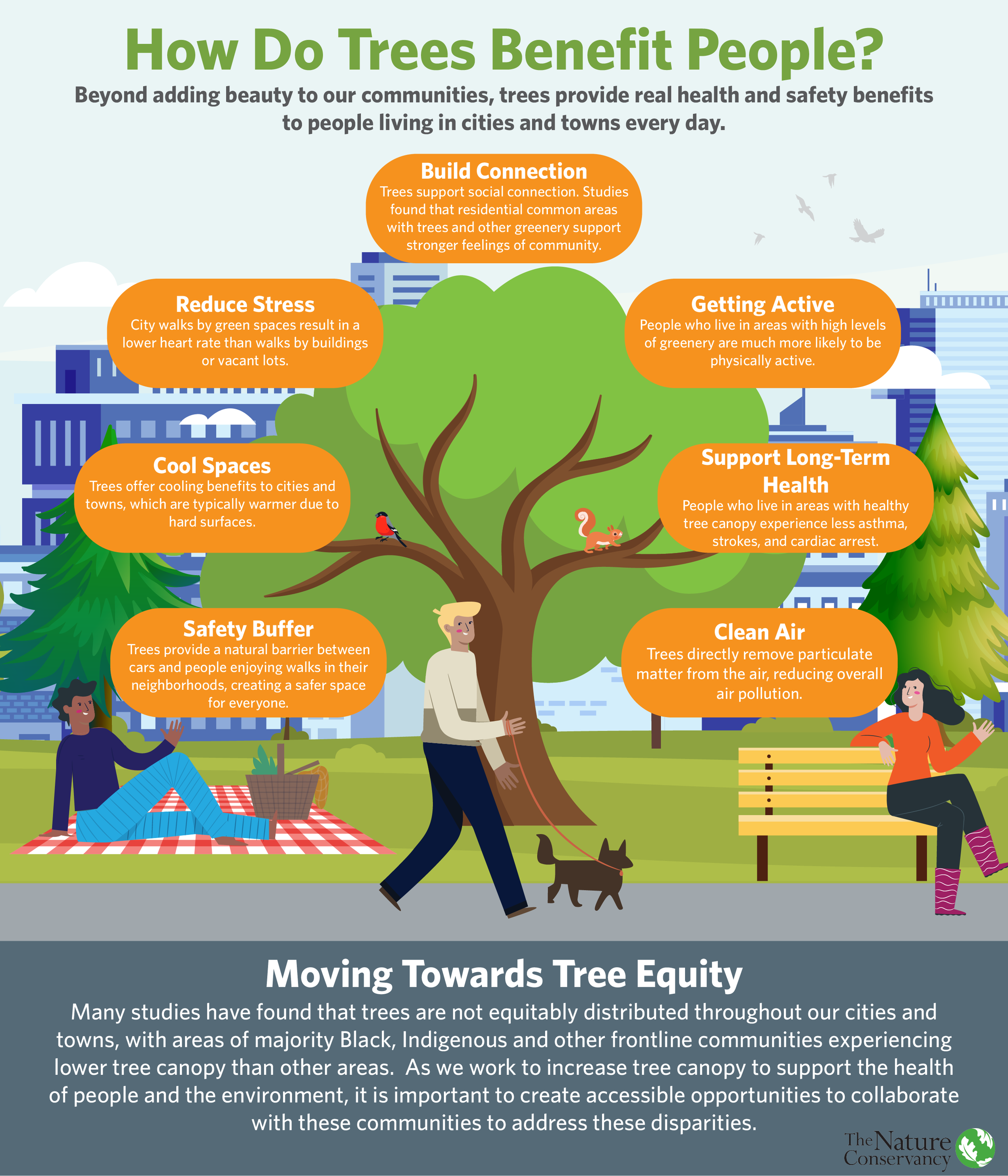Trees provide a variety of benefits for people. Learn more about what trees do for us and what we can do for them!
Celebrate Communities Connecting to Nature
Beyond the environmental benefits, these spaces provide opportunities for people to connect and move forward the vision they have for their communities. From the Duwamish River Valley to Kent neighborhoods to Tacoma parks and streets to bluffs and shorelines around the Sound, Sarah Low, Tahmina Markelly, Whitney Neugebauer and Paulina Lopez are creating community and restoring our world.
Beyond the environmental benefits, these spaces provide opportunities for people to connect and move forward the vision they have for their communities. From the Duwamish River Valley to the bluffs and shorelines around the Sound,
Join us virtually with four inspiring women from around the Puget Sound region to celebrate Earth Month, April 21, 5 to 6 p.m. Each one is creating community and restoring our world.
City trees bring joy and other benefits
The Nature Conservancy has collaborated with partners throughout the Puget Sound region to support our urban tree canopy through planting, preserving and maintaining trees at residences, parks, schools and restoration sites. These projects are an opportunity to contribute to the health and resiliency of communities.
Dirt Corps is bringing green jobs to communities
Equity, inclusivity, and accessibility are cornerstones of Dirt Corps’ approach to conservation. The community-based project turned business began six years ago in South Seattle, when a group of community activists and environmental experts—many of whom were underrepresented in the conservation profession—coalesced around a shared vision for healthy communities and greater access to green jobs.
Restoring Ballinger Open Space
For years, a neglected 2.6-acre green space in Shoreline has sat adjacent to Ballinger Homes, a low-income subsidized housing community. This neglect has led Ballinger Open Space to be filled with invasive weeds that include knotweed, Himalyan blackberry and English ivy. A multi-pronged partnership aims to restore the health of this riparian area by turning back the clock, clearing invasive weeds and planting trees. This will increase access for young people to nature, cut air pollution and treat stormwater.


























